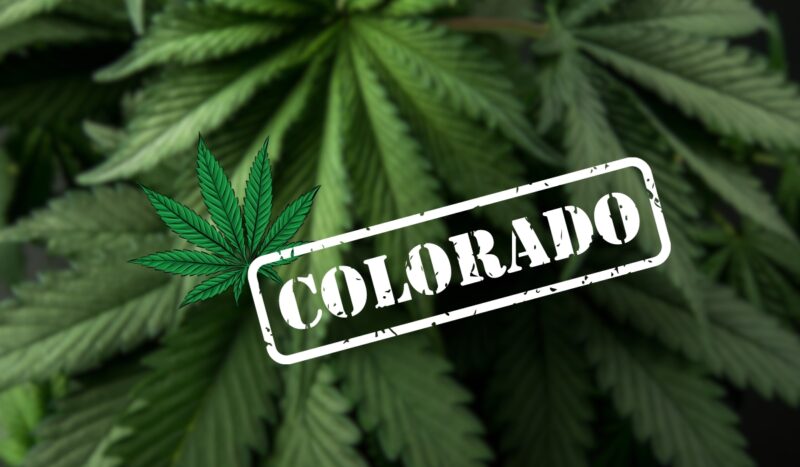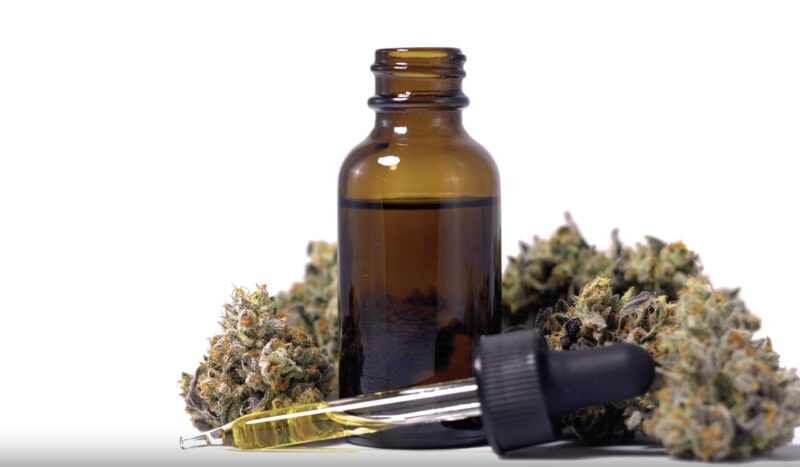Utah’s medical cannabis program experienced a significant development in the state’s approach to alternative medicine, following the example set by many other states before.
Since its start, the program has aimed to provide patients with safe and regulated access to cannabis for medical use.
But does it have differences with other states in this regard?
Let us see.
Utah’s Medical Cannabis Program

Utah’s movement toward medical cannabis legalization began with the passage of Proposition 2 in 2018, followed by legislative adjustments through the Utah Medical Cannabis Act.
The program officially launched in March 2020, offering a structured pathway for patients to access medical cannabis.
Key features of Utah’s program include:
Patient eligibility is determined by a list of qualifying conditions, including chronic pain, epilepsy, and multiple sclerosis, among others.
The registration process for patients involves obtaining a recommendation from a registered provider, followed by an application to the Utah Department of Health.
Providers must also undergo a rigorous registration process, ensuring they meet specific criteria to recommend medical cannabis. These measures are designed to ensure the program operates within a controlled and safe framework, balancing patient access with regulatory oversight.
A recent market analysis stated the following:
Utah’s medical cannabis patients pay less for medication, falling in the bottom ten states for amount paid monthly on cannabis 58% of patients reported there was plenty of supply of medical cannabis products 74.5% of patients did not feel the need to travel outside of the state to get the medical cannabis products they need 41% of patients reported having a limited or very limited supply of medical cannabis products they wanted to purchase 25% of patients are still traveling outside of Utah to get cannabis products due to cost 59% of cannabis products were acquired from illicit sources rather than regulated pharmacies
Comparison with Other States

Utah’s legal framework for medical cannabis is notably stricter compared to states like California, Colorado, and Arizona. This rigidity is evident in several key aspects of the state’s regulations. Unlike these states, Utah prohibits the smoking of cannabis and emphasizes non-smoking forms.
Patients can only access cannabis in forms such as:
The state’s focus on non-smoking forms is intended to mitigate potential health risks and align with the conservative cultural and political landscape of Utah.
California
California is known for its liberal cannabis laws. California allows a wide range of product forms including smoking, edibles, tinctures, topicals, and concentrates.
The state’s regulatory approach is more flexible, providing patients with numerous options to choose from based on their medical needs and personal preferences.
California’s expansive legal framework also supports a robust recreational cannabis market, which has significantly contributed to the state’s economy and normalized cannabis use.
Colorado

Colorado, one of the pioneers in cannabis legalization, offers a broad spectrum of product forms similar to California.
Since legalizing medical cannabis in 2000 and recreational cannabis in 2012, Colorado has developed a comprehensive legal framework that supports both medical and recreational use.
It has a dual approach that has led to a mature market with a wide variety of products, from traditional smokable flowers to innovative edible and topical options.
Colorado’s integration of recreational use has also streamlined regulatory processes and increased accessibility for medical patients.
Arizona

Arizona’s program, while more conservative than California’s, still permits smoking and has a more extensive list of qualifying conditions compared to Utah.
Arizona’s medical cannabis program, established in 2010, allows patients to use cannabis in various forms, including smokable products.
The state has a relatively comprehensive list of qualifying conditions, providing broader access for patients with diverse medical needs. Arizona’s regulatory framework strikes a balance between strict controls and patient access, offering more flexibility than Utah but less liberal than California.
Patient Access and Enrollment
Utah’s patient numbers and projections indicate a cautious but growing acceptance of medical cannabis.
The state’s enrollment process requires patients to obtain a recommendation from a registered provider and apply for a medical cannabis card through the state health department.
In contrast, states like California and Colorado have more streamlined processes, with higher patient enrollment rates due to broader qualifying conditions and easier access to providers.
Arizona also demonstrates higher patient numbers, partly due to its more lenient eligibility criteria and longer-standing program.
Product Availability and Costs

The Utah Department of Agriculture and Food (UDAF) plays a crucial role in overseeing product availability and costs within the state.
Utah faces challenges in ensuring a consistent supply of medical cannabis, with initial supply shortages leading to high prices.
Comparatively, states like California and Colorado benefit from mature markets with abundant supply and competitive pricing. Arizona, with its established program, also offers a wider range of products at relatively lower costs.
Utah’s focus on non-smokable forms further limits product variety, impacting patient choice and potentially driving some to seek products from neighboring states.
Provider Participation
Utah has a limited number of registered providers compared to other states, impacting patient access to medical cannabis recommendations.
The geographic distribution of providers is also a challenge, with rural areas facing significant shortages.
In contrast, California and Colorado have a robust network of providers, ensuring better access for patients across the state.
Arizona also shows higher provider participation, attributed to a more established and supportive legal framework.
Utah’s stringent regulations and the newness of its program contribute to these disparities, highlighting the need for strategies to increase provider participation and ensure equitable patient access.
Challenges and Solutions

Of course, several challenges require attention.
Supply Shortages and Illicit Market
Utah’s medical cannabis program has faced significant challenges with supply shortages, particularly during its initial implementation phase.
High demand from patients outpaced the available supply, leading to inflated prices and limited product variety.
The imbalance also fueled reliance on the illicit market, undermining the program’s goals of safety and regulation.
To address these issues, Utah has taken steps to increase the number of licensed growers and dispensaries, ensuring a more consistent supply of medical cannabis.
Efforts to curb the illicit market include stringent law enforcement measures and public education campaigns about the risks of unregulated products.
Legislative and Operational Hurdles
The development of Utah’s medical cannabis program has encountered various legislative and operational hurdles.
Initial opposition from law enforcement and conservative groups led to significant revisions of the original proposition, impacting patient rights and access. Issues such as restrictive qualifying conditions and limited provider participation further complicate the program’s effectiveness.
Legislative changes, such as expanding the list of qualifying conditions and streamlining the provider registration process, have been implemented to address some of these challenges.
Ongoing efforts to educate both patients and providers about the program’s benefits and requirements aim to enhance its overall operation and accessibility.

